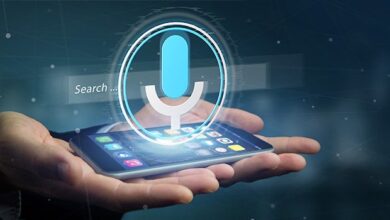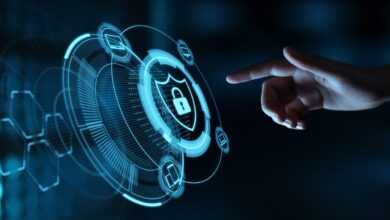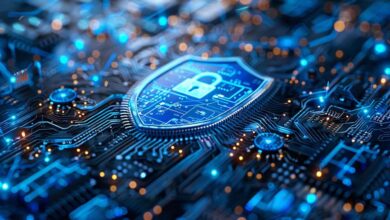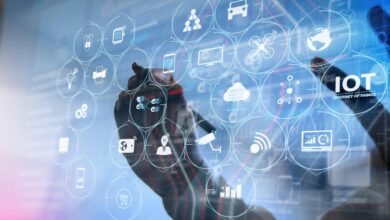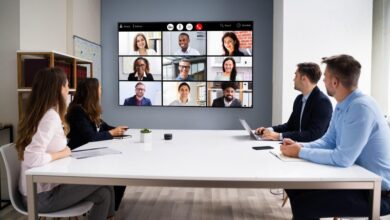Your Ultimate Guide to Secure Digital Living at Home
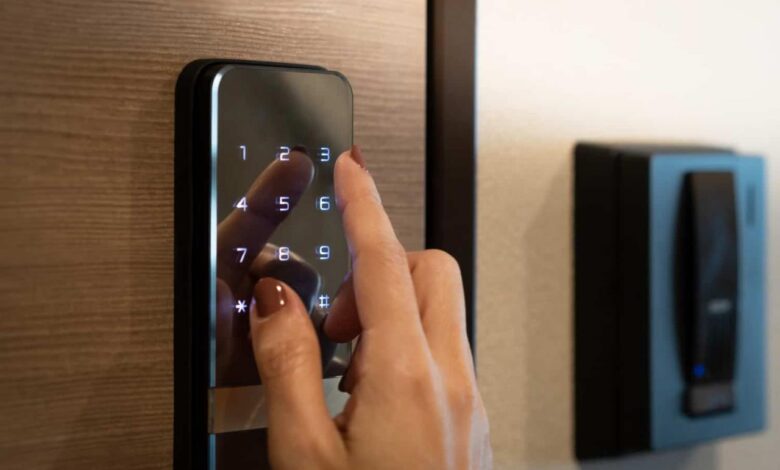
The global shift toward working from home (WFH) and the general embrace of a digital lifestyle have irrevocably blurred the lines between our personal and professional lives.
In 2025, our homes are not just our castles; they are now also our offices, our classrooms, our banks, and our entertainment hubs. This constant, deep level of digital engagement brings incredible convenience but also presents a larger and more complex security challenge than ever before.
For anyone who relies on their home setup—whether you’re a remote worker, a student, a freelancer, or just a heavy streaming/gaming user—building a secure remote work setup isn’t just an IT department’s problem; it’s a necessary part of modern digital living.
This comprehensive guide breaks down the essential layers you need to build a digital fortress around your life and work, ensuring your data remains private and your connection stays safe.
Establishing a Rock-Solid Home Network Foundation
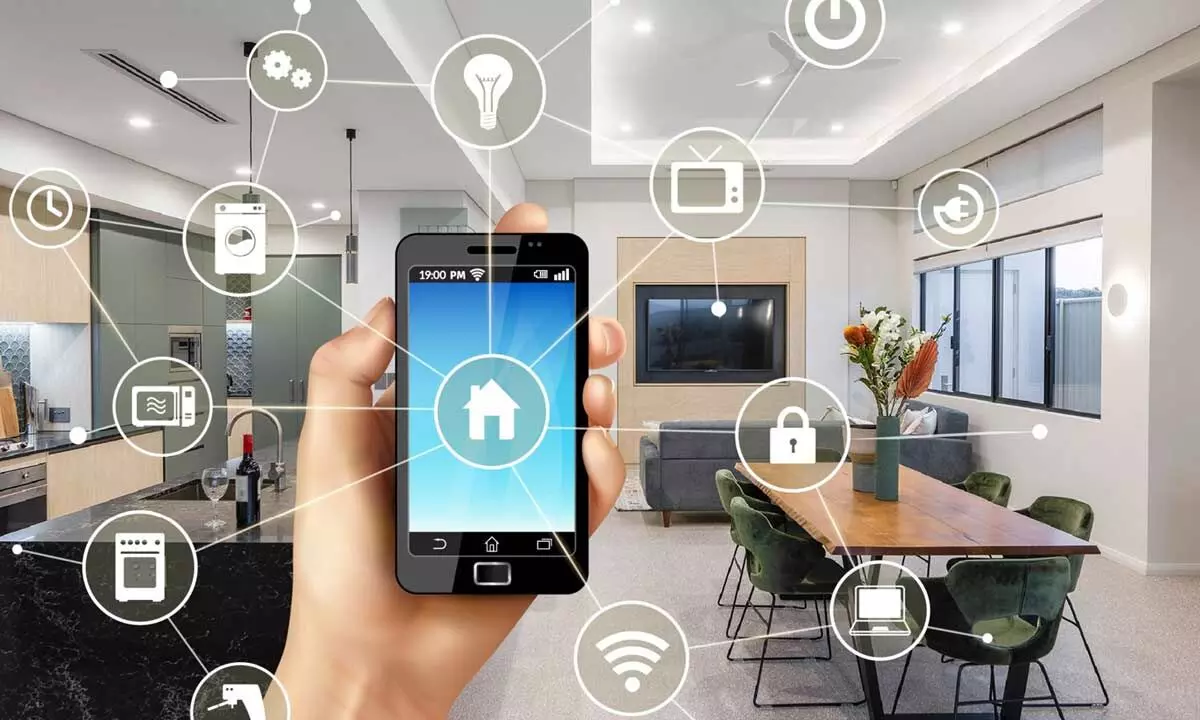
Your Wi-Fi router is the literal front door to your digital life. Too many people leave it with the default settings, which is like leaving your physical front door unlocked. Securing your network is the first, and most crucial, step.
A. Router Administration and Access Control
The weakest link in many home networks is the default login credentials. These are often generic (like “admin” and “password”) and widely known by hackers.
A. Change Default Credentials: Log into your router’s administrative page immediately and replace the default username and password with a unique, strong combination that you save in a secure password manager.
B. Update Router Firmware: Router manufacturers constantly release security patches via firmware updates. Enable automatic updates or check for them manually every month. An out-of-date router is an open invitation for intruders.
C. Disable Remote Management: This feature allows you to access your router settings from outside your home network. Unless you are an IT professional who absolutely needs this feature, turn it off to eliminate a major external vulnerability point.
B. Wi-Fi Security Protocols
The encryption standard your Wi-Fi uses determines how easily someone can intercept the data traveling through the air.
A. Use WPA3 Encryption: If your router supports it (most modern routers do by 2025), always use the WPA3 protocol. It is the latest and most robust encryption standard, offering better protection against brute-force attacks compared to its predecessor, WPA2.
B. Set a Powerful Wi-Fi Password (Passphrase): Your Wi-Fi key should be a long, unique passphrase (e.g., eight or more random words combined) rather than a short, easy-to-guess word.
C. Create a Guest Network: This is a security necessity for a modern digital household. Create a separate Wi-Fi network for smart home devices (IoT), visitors, or children’s devices. This isolates these less-secure devices from your main work computers and sensitive data, acting as a crucial security buffer.
The Zero Trust Approach: Never Trust, Always Verify
The traditional security model assumes that anything inside your network perimeter (i.e., your home) is safe. In the age of remote work and cloud access, this assumption is dangerous. The Zero Trust Architecture (ZTA) is the modern security philosophy that assumes every connection—internal or external—is hostile until proven otherwise.
A. Adopting Zero Trust Principles
For the individual remote worker, adopting Zero Trust means changing how you approach accessing company or personal cloud resources.
A. Continuous Verification: Every time you access a sensitive application, the system should re-verify your identity and the security posture of your device. Your initial login is not enough.
B. Least-Privilege Access (LPA): You should only have access to the data, files, and applications that are absolutely necessary for your immediate task. Avoid having global access to everything.
C. Assume Breach Mentality: Always operate as if your device or network could be compromised. This mindset encourages a proactive use of encryption and verification tools.
B. Implementing Multi-Factor Authentication (MFA)
MFA is the most fundamental aspect of Zero Trust for the individual user. It ensures that knowing your password is not enough to gain access.
A. Enable MFA Everywhere: Use Multi-Factor Authentication on every single account that offers it—work email, banking, social media, and especially cloud storage services.
B. Prefer Authenticator Apps: While SMS codes are better than nothing, authenticator apps (like Google Authenticator or Authy) are far more secure, as they are not vulnerable to SIM-swapping attacks.
C. Use Hardware Keys: For your most critical accounts, hardware security keys (like YubiKey) provide the highest level of security by requiring a physical item to complete the login process.
Endpoint and Data Protection Strategies
The “endpoint” is your device—your laptop, tablet, or smartphone. Since this is where your work is done and your data lives, securing it must be a top priority.
A. Device Hygiene and Software Security
A. Keep Everything Updated: Software updates often contain crucial security patches. Enable automatic updates for your operating system (Windows, macOS), all applications, and your antivirus/anti-malware software. Postponing an update can leave a known vulnerability unpatched and exploitable.
B. Utilize a Password Manager: Stop reusing passwords! A password manager (like LastPass, 1Password, or Bitwarden) creates and securely stores long, complex, and unique passwords for every single one of your accounts. This single tool drastically reduces your risk exposure.
C. Full Disk Encryption (FDE): Ensure your laptop’s entire hard drive is encrypted (BitLocker for Windows, FileVault for Mac). If your laptop is lost or stolen, FDE makes the data unreadable to anyone without the encryption key.
B. Data Management and Cloud Security
Remote work depends heavily on cloud collaboration tools, which means your data’s safety relies on both you and the provider.
A. Secure Cloud Collaboration: Only use company-approved, encrypted cloud services (like Microsoft 365, Google Workspace, or dedicated Secure File Sharing platforms) for work documents. Ensure the service offers granular access control and a strong audit trail.
B. Implement Routine Backups: The 3-2-1 backup rule is still the gold standard: three copies of your data, stored on two different types of media, with one copy offsite (e.g., in the cloud). This protects you from device failure, natural disaster, and, most importantly, ransomware attacks.
C. Encrypt Sensitive Files: Even when stored in the cloud, highly sensitive files (e.g., HR data, financial records) should be encrypted using a file-level encryption tool before being uploaded. You maintain the key, not the cloud provider.
The Human Element: Training and Digital Wellness
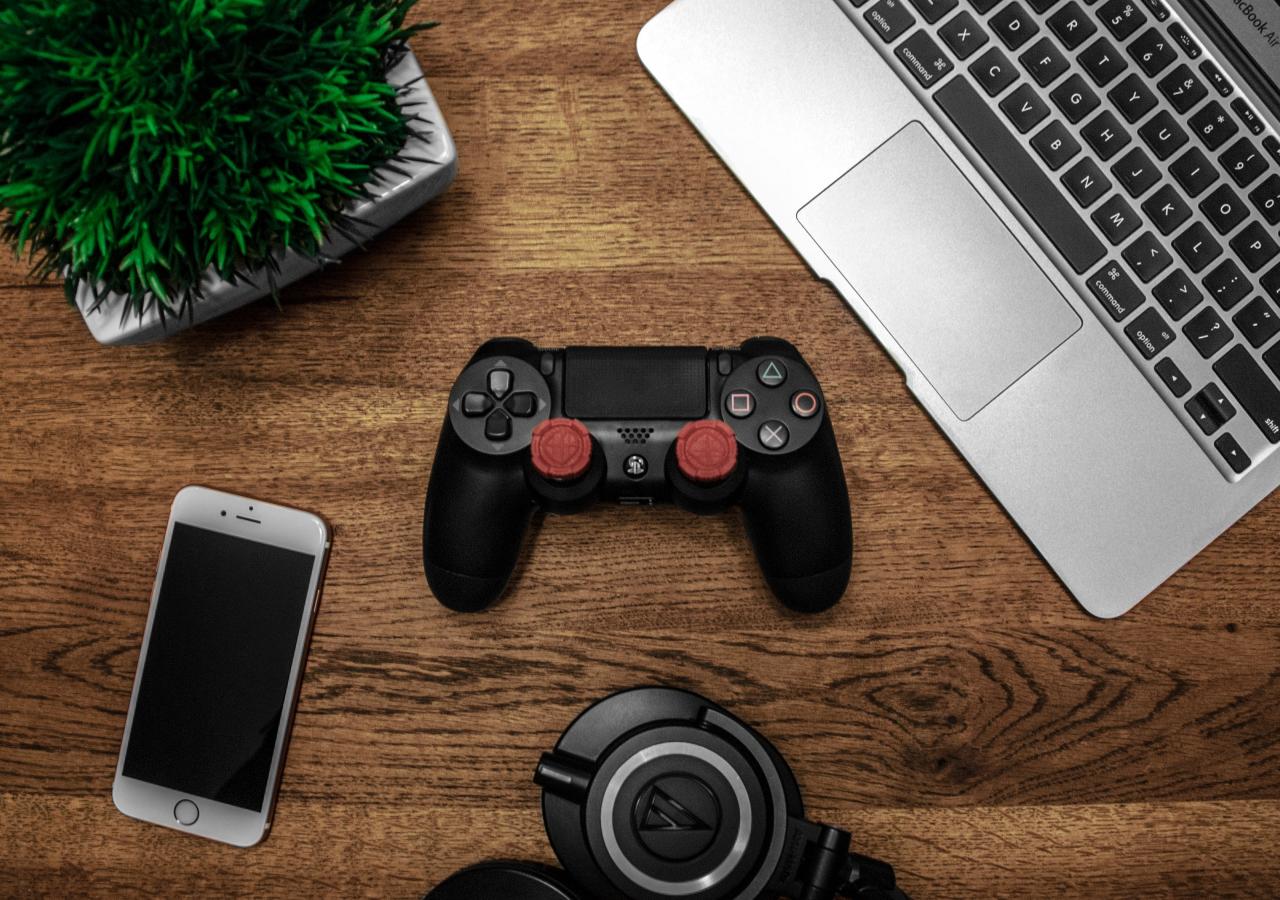
Technology is only as strong as the human operating it. Education and establishing healthy boundaries are critical security measures in the digital lifestyle.
A. Recognizing and Defeating Social Engineering
The most common security breaches don’t involve complex code; they involve tricking a person. This is called social engineering, and phishing is its most popular form.
A. Spot Phishing Attempts: Be highly suspicious of any email, text, or phone call asking for your password, financial details, or to click an unexpected link. Look for subtle signs: unusual sender addresses, grammatical errors, and a tone of false urgency or alarm.
B. Validate Requests Separately: If you receive an email from your “bank” or “boss” asking you to do something sensitive, do not reply to the email. Instead, call the organization or person back using a known, verified phone number or a new, separate chat message.
C. Exercise Caution on Public Wi-Fi: Public networks (cafés, airports) are inherently insecure. Never perform sensitive work or access banking/work accounts without using a Virtual Private Network (VPN) to encrypt your connection.
B. Prioritizing Digital Wellness for Focus and Security
The continuous connectivity of the digital lifestyle is exhausting and can lead to lapses in attention, making you more susceptible to mistakes and security traps. Digital wellness is a security strategy.
A. Establish Firm Boundaries (Digital Curfew): Create a clear, scheduled “off-switch” time each day. Turn off work notifications and ideally, put your devices in another room. This gives your brain the necessary rest to maintain sharp focus and judgment during work hours.
B. Designate Screen-Free Zones: The dining table and the bedroom should be designated screen-free zones. This improves real-life connections, sleep quality, and helps prevent the blurry boundaries that lead to burnout.
C. Integrate Micro-Breaks: Implement micro-detoxes throughout your workday—a 10-minute walk outside, a few minutes of meditation, or simply staring away from your screen. Rested eyes and a clear mind are your best defense against clicking the wrong link.
Conclusion
The Secure Remote Work Setup is far more than a collection of tools; it is a dynamic security mindset applied to the realities of a 2025 digital lifestyle.
Our reliance on cloud systems, AI tools, and seamless global connectivity has elevated convenience, but in doing so, it has also expanded the surface area of potential attacks.
The old perimeter—the office wall—is gone, replaced by millions of individual, less-secure home networks.
The future of digital security at home is not about buying the latest gadget, but about embracing disciplined habits: Zero Trust principles, rigorous use of Multi-Factor Authentication, and the foundational layer of a well-secured home router.
By actively changing default passwords, routinely updating software, encrypting sensitive disks, and—most importantly—training ourselves to recognize the ever-evolving threats of social engineering, we become the most powerful defense mechanism available.
Ultimately, balancing the desire for seamless digital living with the necessity of robust security is an ongoing, conscious act.
When you prioritize digital wellness and implement these layers of defense—from WPA3 encryption on your Wi-Fi to the mandatory use of a password manager—you are not just protecting your job; you are safeguarding your personal data, your finances, and your peace of mind in the ever-connected world.
Make security a non-negotiable part of your daily routine; it is the essential price of admission to the modern, remote-first lifestyle.

